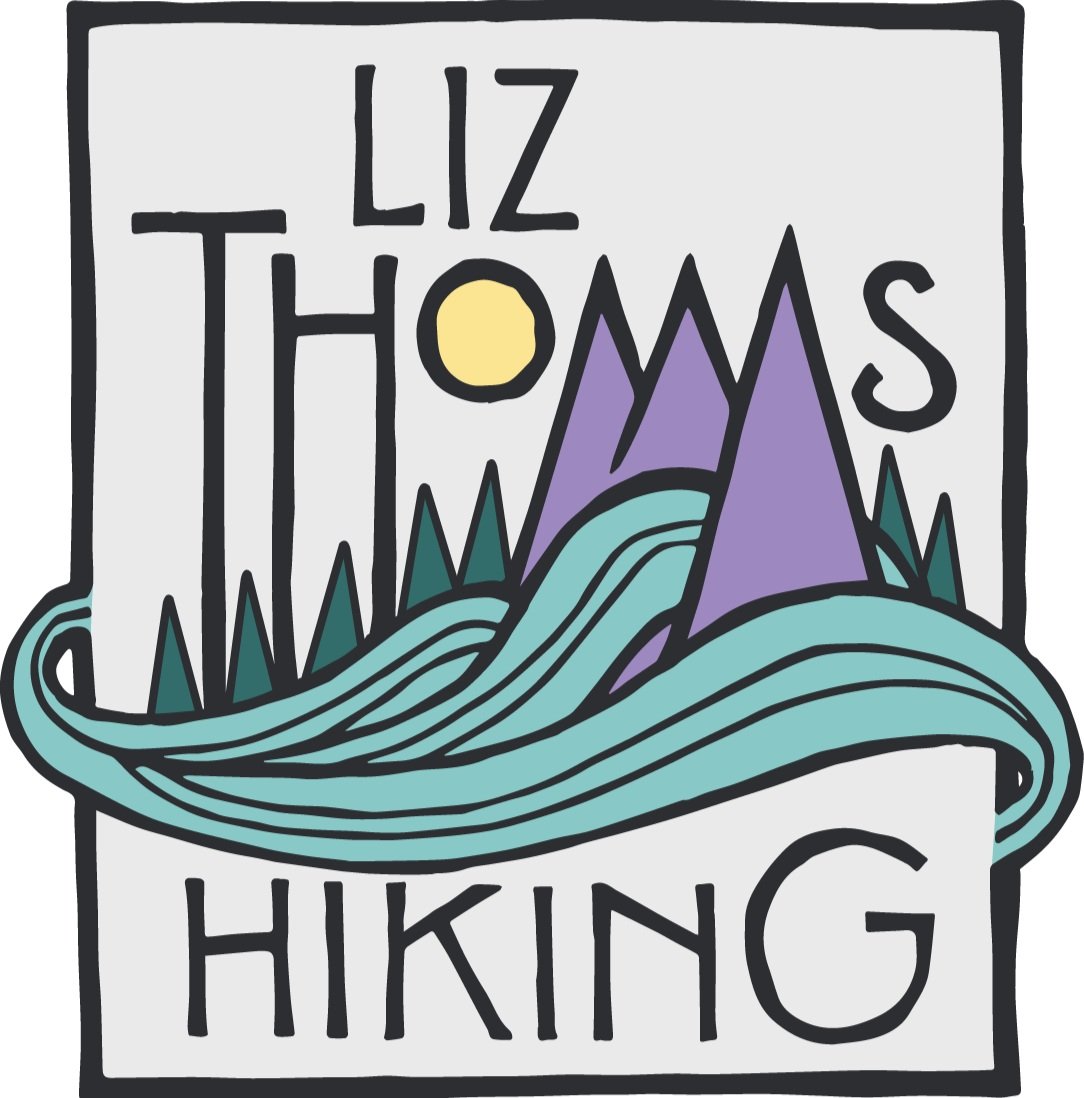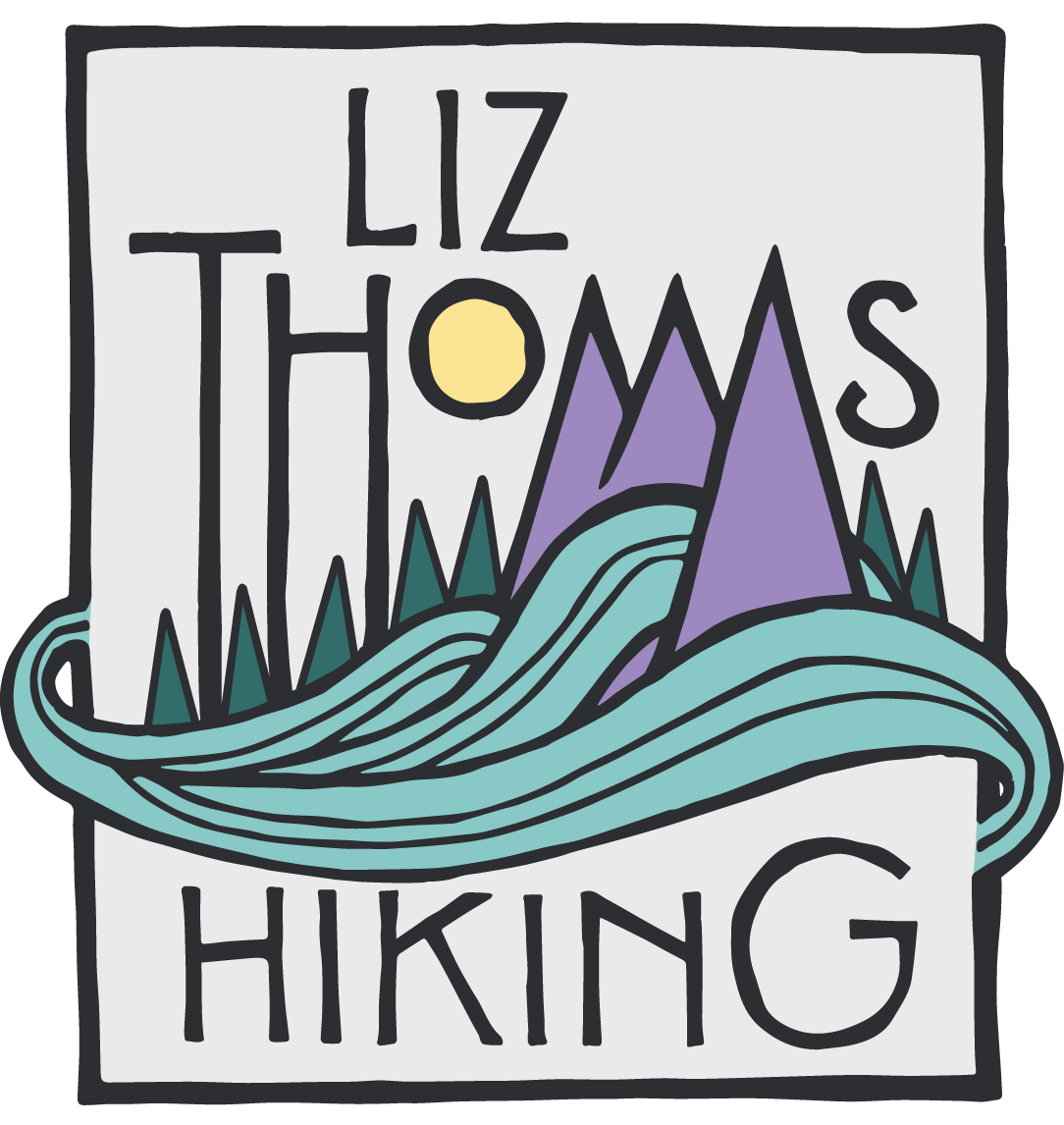How to thru-hike on a budget
Hiking the CDT calls for some expensive appetizers in Lima, MT.
Town stops are the most expensive part of thru-hiking. Prospective hikers frequently ask me for tips on keeping the money flow low and the fun times high while on a thru-hike. These are a few cost saving tips that will keep the cash in your Tyvek wallet and still keep a smile on your face.
On a thru-hike, I budget a minimum of $100 per town stop. T
Start the trail with the right gear
I keep an expense journal for all my hikes and discovered that I spent almost $1000 on gear purchased along the trail during my first thru-hike of the Appalachian Trail—in addition to the thousand I spent gearing up to start the trail! During my hike, I decided what I was carrying was no good, and then replaced it with new gear—essentially buying two of everything. If you start the trail with gear you love, you will be less inclined to buy something else. Do your research and read what other hikers brought—it can pay off big time when you’re deciding between getting dinner or new socks.
Share hotel rooms with other hikers
It is almost inevitable to become friends with other long distance hikers during a thru-hike—so why not get a room together when you’re in town? Some trailside hotels will let you pack several hikers into a hotel room, allowing you to split the costs among many people. Make sure you check with hotel management and pay for all your extra people—failure to do so is considered stealing from an innkeeper and can get you kicked out of your room—and worse—give the hiking community a bad name to the small towns along the trail. But if you do it right, sharing a room with all your best trail friends can be a highlight of your hike.
Explosion of gear. Imagine this is in a hiker shared room.
Or don’t get a hotel room at all
Many hikers like to hit town in the evening, catch a motel room, and spend the night partying, eating, and spending money senselessly. Yet, a night like this can lead a hiker to blow through more than $100. My friend Gantz who I met on the Pacific Crest Trail gave me the money saving advice to avoid the hiker’s town night binge: arrive in town early. By walking into civilization in the morning, hikers are less tempted to get a hotel room or hit up the bar. I like to take care of chores in town (resupplying on food for the next leg of the trip, shower and laundry), and then find my way back to the trail for a few more miles before camping time. Plus, when you get into town in the morning, you can gorge on restaurant breakfast, which is usually cheaper than other meals.
Town can wait for tomorrow.
Eat grocery store food before restaurant food
After a week in the woods, hikers hallucinate about food. Yet, not all town food costs the same. Hit a grocery store and grab a can of beans, a quart of yogurt, bananas, and a chocolate milk or juice. Those 79 cent beans help meet the immediate hiker need for calories while telling the brain not to order a second $20 entrée when you get to the restaurant.
For thru-hikers, grocery shopping doubles as a way to dry out rain gear
Never resupply hungry
Just like at home, when you buy groceries while hungry, you’re likely to come back with more than you need. To avoid buying too much food for the next leg of the trail, I tend to eat first (or get immediate food of yogurt, beans, bananas, chocolate milk, etc.), and then make a second trip to the grocery store.
Know hunger from thirst
Many hikers can’t tell whether they are hungry or thirsty—and this misinterpretation leads to getting a second dish of pasta at the restaurant. I will often get a $1.79 electrolyte drink or juice before going to a restaurant. If you’re still hungry after the can of beans and the expensive alfredo, ask the waiter/waitress for a refill of water. Sometimes, a belly full of water can save you the cost of ordering another entrée.





